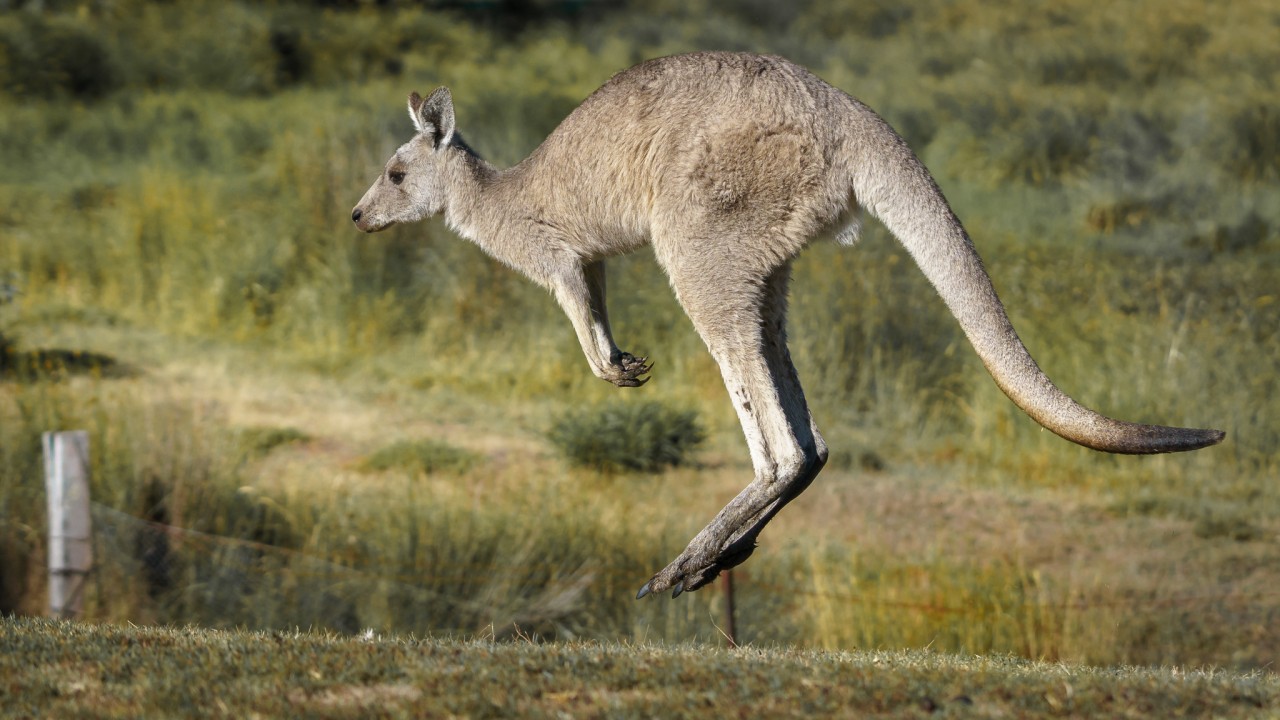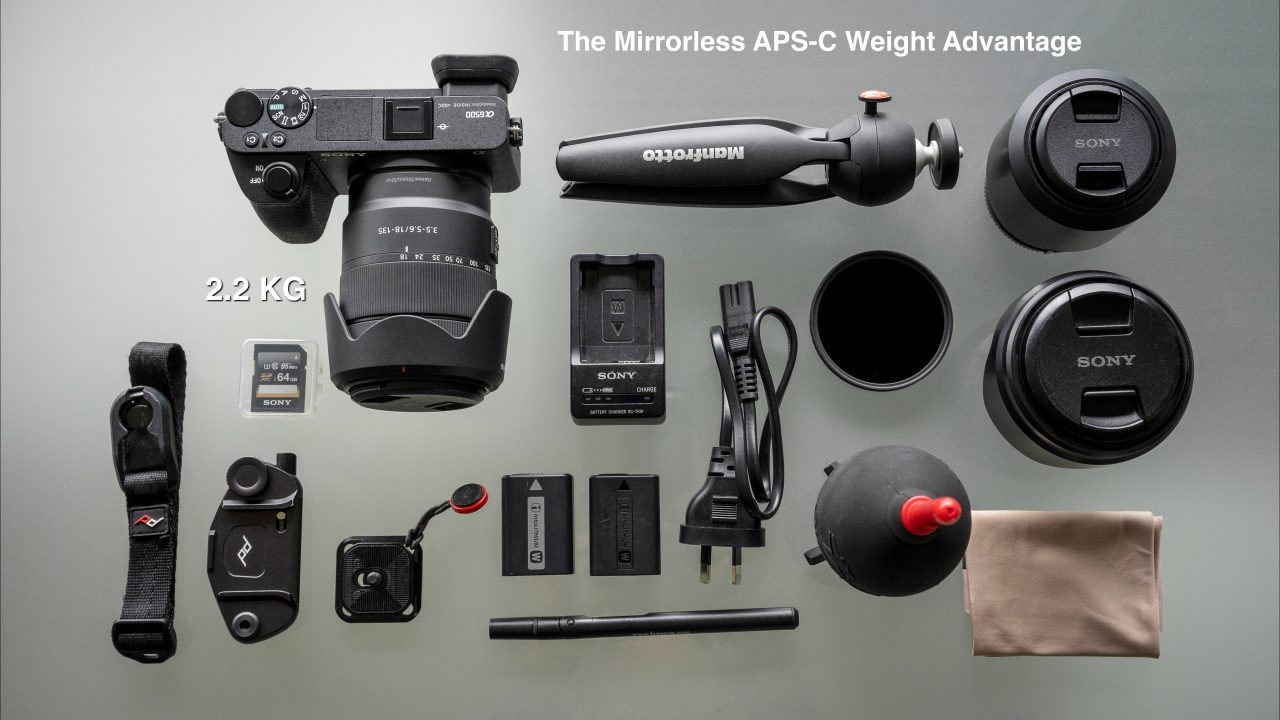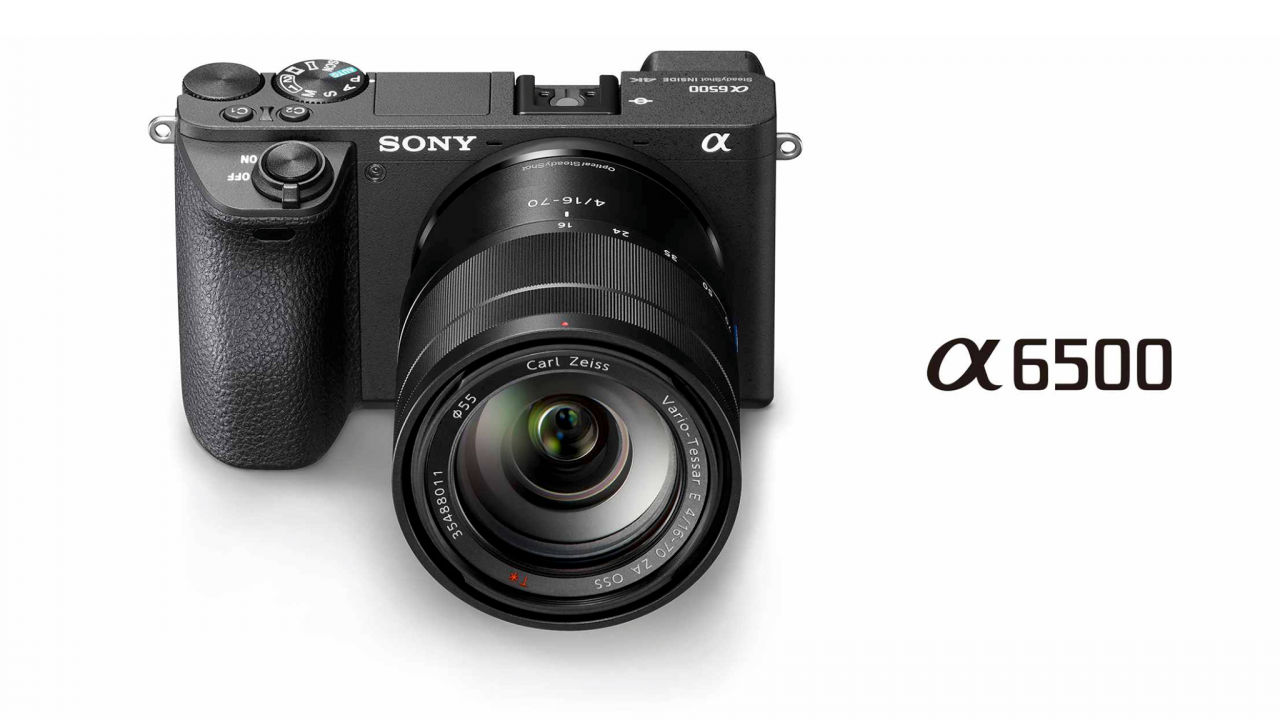Blog, E-Mount Cameras, Reviews
The Sony A6500 and its A6K Family

The first Sony A6K camera, the Alpha A6000, was released in the first half of 2014 and marked a departure for Sony away from the NEX branding. The A6000 was the first mirrorless camera to take on the Alpha name, previously only used by Sony’s DSLR and DSLT cameras. The A6000 also did away with the ‘memorable-for-all-the-wrong-reasons’ menu structure of the NEX cameras.
The A6000 is still Sony’s best-selling APS-C (cropped sensor) camera. The A6300 and A6500 cameras have now joined the A6000 to make a family of three A6K cameras. The newer A6500 model, however, does not replace either of the previous models, and Sony continues to make and sell all three A6K cameras. As a former NEX-7 owner, perhaps the most notable improvements of these A6K family of cameras has been the rapid advances Sony has made in Autofocus performance – most notably the Phase Detect AF Performance. Advances made in movie recording capability have also been rapid.

Phase Detect AF
It is the Phase Detect AF Points on the sensor that makes the A6K cameras so good at capturing fast moving action. These were formally the preserve of a focus system found only in the mirror box of a DSLR camera. Older Sony Mirrorless cameras such as the NEX-7 did not have any Phase Detect points. The NEX-7 could focus accurately on still subjects using Contrast detect AF points but could not track subjects moving closer or further aways form the lens. The Hybrid system that Sony developed uses both Contrast Detect and Phase Detect AF points placed on the sensor and this was first introduced on the NEX-5R and NEX-6 cameras. This revolutionary new sensor design featured 99 Phase Detect points. dpreview.com tested the Phase Detect AF of the NEX-6 and claimed it was accurate 70% of the time, i.e. best performance seen in a mirrorless camera, at that point in time, but not quite up to DSLR AF performance. The A6000 changed all this – when dpreview.com tested the AF performance of the A6000 camera they said:
“we’ve not before seen a camera at this price able shoot so fast and track focus so well”.
They were no longer talking about just mirrorless cameras but ALL cameras. The gap in AF performance between DSLR’s and Mirrorless cameras had finally been closed. Not content with closing the gap, Sony have continued to develop and improve the Phase Detect AF performance so that it is not just best in the price point of camera, but can now rival the performance of the best Pro DSLR cameras. The release of the A6300 camera, two years after the A6000, was tested by dpreview.com and they concluded:
“The Sony A6300 is an exceptional camera for action and sports photography. Nothing comes close for the money and in many situations it’ll rival or beat DSLRs costing almost twice as much”.
Not only was the A6300 faster than the A6000, it also made the task of tracking a subject much easier for the novice user because of its expanded area of Phase Detect AF points (increased from 179 to 425 Phase Detection points that cover most of the sensor area). Previously if the subject had dropped out of the central area of the viewfinder, when tracking the subject, the A6000 camera would often lose the subject – a trait shared by the current DSLRs). With the increased coverage of the A6300, however, if the photographer can keep any part of the subject in the viewfinder the camera will continue to track the subject.
- A6000: 179 Phase-Detection + 25 Contrast Detection AF points
- A6300 & A6500: 425 Phase-Detection + 169 Contrast Detection AF points
Advantages of choosing the A6300 over the A6000
As well as the improved AF performance the A6300 offered several other improvements over the A6000. The newly designed sensor that led to the improved AF performance also improved the high ISO capability of the camera. The digital spirit level made a welcome return on the A6300 (removed after the NEX-6) and the AEL button was updated to the AF/MF and AEL lever (as found on all the full-frame A7 cameras). This may seem like a small point, but improved the functionality of the camera greatly, because it essentially added another button that could be customised (on a camera that didn’t have a lot of custom buttons available). I have personally assigned Eye-AF to the AEL button and use the MF/AF button to quickly toggle between Manual Focus and Autofocus. 4K movie recording was added to the movie options – although I personally do not recommend 4K for extended movie capture. If you intend to record for periods of longer than 10 or 20 minutes using the A6300 it is advisable to switch to 1080p. Flipping out the LCD screen can help to disperse the heat being generated. A 100 frame per second (fps) movie option also meant that the A6300 could capture movies that could be slowed 4 times in post production – poetry in motion.
Advantages of choosing the A6500 over the A6300
The A6500 camera was announced just 8 Months after the A6300. This short duration between model releases surprised some Alpha users but Sony were not seeking to replace the 6300. The A6500 adds a premium version cropped sensor E-Mount camera to the A63K lineup. Maybe Sony would have received fewer negative responses from some consumers if they had either named the camera the A7000 or made it clear that the new camera was not replacing previous models – in much the same way as a BMW 525i car does not make the BMW 523i redundant in the lineup. Although the A6500 camera looks almost identical to the A6300, at first glance, it has received much more than a minor makeover.
Continuous Shooting: Hi
The A6500 received a new ‘front side LSI’, or processing, chip that provides the camera with the capability to capture more than 100 Raw frames at 11 frames per second. This, for me, represents the major advantage of this camera. Previously I would have had to switch to JPEG shooting to access longer bursts of Hi-Speed shooting without encountering limitations imposed by the buffer. With the A6500 I can stay in Raw and have prolonged bursts shooing at 8 or 11 frames per second. For users want to pan the camera while shooting bursts of images, the ‘Continuous Shooting: Hi’, 8 frames per second, live view setting (rather than Hi+ at 11 frames per second) offers a more reliable way to follow your subject using an Electronic Viewfinder (EVF). It basically offers a similar shooting experience to a DSLR owner using an Optical viewfinder.
Image Stabilisation
The A6500 is the first A6K camera to feature SteadyShot Inside. The depth and weight of the camera have both increased slightly to accomodate the 5-Axis In-Body Image stabilisation. An A6300 or A6000 owner, however, would be hard pressed to pick the difference (just 50 grams heavier and a few millimetres thicker). This offers the A6500 owner the option of using any lens from the Sony lineup or any adapted lens (via a lens adapter) and not have to worry if the lens is stabilised or not. This provides both the option to shoot at slow shutter speeds in low ambient light without having to use a tripod and also to shoot smoother video clips.
4K Movies
The A6500 introduces the option to shoot extended 4K movie clips. Sony also added a Microphone-in port (something the A6000 and A6300 sadly lacked).
Improved menu layout
Just as the A6000 represented a major step forward for the layout of the menus (over the older NEX layout), the A6500 demonstrates Sony’s desire to make the Menus a lot more user friendly. Rather than adding itms to a menu tab that either don’t have much in common, or can move over time because additional menu items are added, the new layout serves to group related settings onto a named tab. It is now much more likely that, for some people who don’t frequent the menus every day, they will now be able to remember where the AF setting is that they are looking for, i.e. on the colour coded AF1 or AF2 tab.
New Custom Button
The A6500 features two Custom buttons on the top of the camera instead of one.
Touch-Screen AF
Sony added a much-requested touch-screen LCD screen to the A6500 which allow the user to touch to focus. Although it is possible to use this to capture stills I would personally prefer use this for pulling focus when shooting movies only. See how useful this can be by watching the video below.
Sony Alpha A6500 sample movie: Touch-screen focus-pull
Conclusion
If you don’t need state-of-the-art Autofocus performance to track fast moving subjects and you don’t need 4K video performance then the A6000 may still be the camera that offers the best value for money. If, on the other hand, you are looking to purchase the best APS-C mirrorless camera that money can buy, that will outperform most DSLRs in terms of stills and movie capture, then the A6300 or A6500 are definitely the camera you should be considering. It is worth noting that the A6500 camera’s list price is very similar to the A7II full frame E-Mount camera. The low light capability of the A7II full-frame camera will outshine the performance of the A6500 APS-C E-Mount camera but the A6500 will outperform the A7II in nearly every other respect, i.e. AF Performance, Movie capability and reduced form factor (body and cropped lenses).
Note* Purchasing the bundle will save you AUD $400.00 compared to purchasing the camera and body separately. Check out my review of the SEL 18-135 lens here: https://www.markgaler.com/sony-e-3-5-5-618-135-oss-lens
Choosing a lens system for you A6K camera
If you decide to invest in an APS-C E-Mount mirrorless camera instead of a full frame A7 E-Mount mirrorless camera I would consider the following lenses to build your system
- SEL10-18 F4 Ultra Wide-Angle Zoom (the landscape photographers favourite friend)
- SEL16-70 F4 ZA Standard Zoom (a much better alternative to the kit lens with its constant f/4 aperture)
- SEL 18-135mm 7.5x Zoom Lens (perhaps the sharpest APS-C zoom lens in Sony’s lineup)
- SEL20 F/2.8 Pancake Lens (a great option for ‘Street’ photographers and weighing in at only 69g or 2.4oz.)
- SEL50 F/1.8 Wide Aperture ‘Short Telephoto’ Prime (an excellent option for shallow depth of field portraits)
- FE 70-200 F/4 G OSS Telephoto Zoom (this is a full-frame lens but has shown in repeated tests that it can keep up with the impressive AF performance of the A6K bodies).

Here is an image of my own A6500 system – this 3 lens kit + accessories weighs in at just 2.2 Kgs

The kit above includes the following items:
- A6500 (best purchased with the 18-135 lens as a bundle)
- SEL18-135 (best pruchased with the A6500 camera as a bundle)
- SEL 50 F/1.8 (great for shooting tight portraits with background bokeh or in low ambient light)
- SEL 10-18 F/4 (great for shooting landscapes – equivalent to a 15-28mm zoom a on a full frame camera)
- Battery Charger (I usually charge one in the camera and a second in the charger at the end of the day).
- 2 x W Series Spare Batteries (Note > the link to the charger above includes one W-Series battery)
- Spare SDXC 64GB SD Card
- Manfrotto Pixi Tripod
- Peak Design Wrist Strap and Arch Swiss Tripod Mount (the wrist strap can be attached to this plate)
- 2 x Hoya Pro ND Filters (ND8 and ND400)
- SensorKlear II Sensor Cleaner Pen
- Giotto Rocket Blower
- Lens Cloth
Note > Clicking on the active links will take you straight to the product on the Sony Alpha store and let them know I referred you.

Pingback: A6500 + SEL18-135mm : Sony Australia Sale Special - Mark Galer